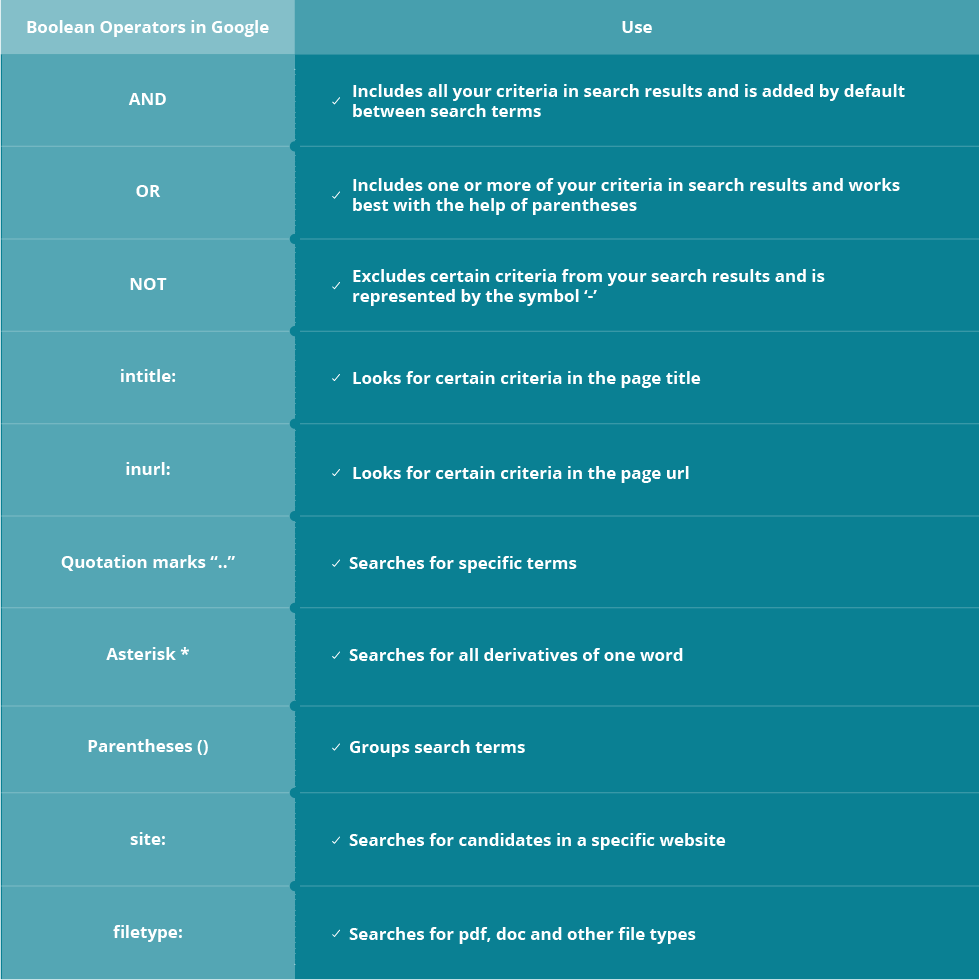

It takes an input string, converts it to lowercase and then checks if it matches any of the common representations for `True` (`”true”`, `”1″`, `”yes”`, or `’t’`). The function provided in the blog post is a simple way to convert strings into boolean values. Be aware that this might not cover all the possible representations of boolean values as strings, so you may want to adjust the function depending on your specific use case. This function is case-insensitive, so it works with strings like “True”, “true”, “tRuE”, etc. This function takes a string `s` as an input, converts it to lowercase, and then checks if it matches common boolean string representations that indicate `True` (`”true”`, `”1″`, `”yes”`, `”t”`), and returns True if it does match any of those values. Return s = "true" or s = "1" or s = "yes" or s = "t" Here’s a simple function to convert a string to a boolean: Usually, when a string is considered “truthy” (i.e., equivalent to `True`), it’s a non-empty string. In Python, you can convert a string to a boolean by comparing the string to specific values that represent `True` or `False`. We’ll look at what values this function considers “truthy” and provide an example of usage with different input strings.

Python developer boolean string how to#
This blog post will discuss how to use the simple function `str_to_bool` to convert a string into its boolean equivalent. Converting strings to booleans can be a useful tool in Python programming.


 0 kommentar(er)
0 kommentar(er)
